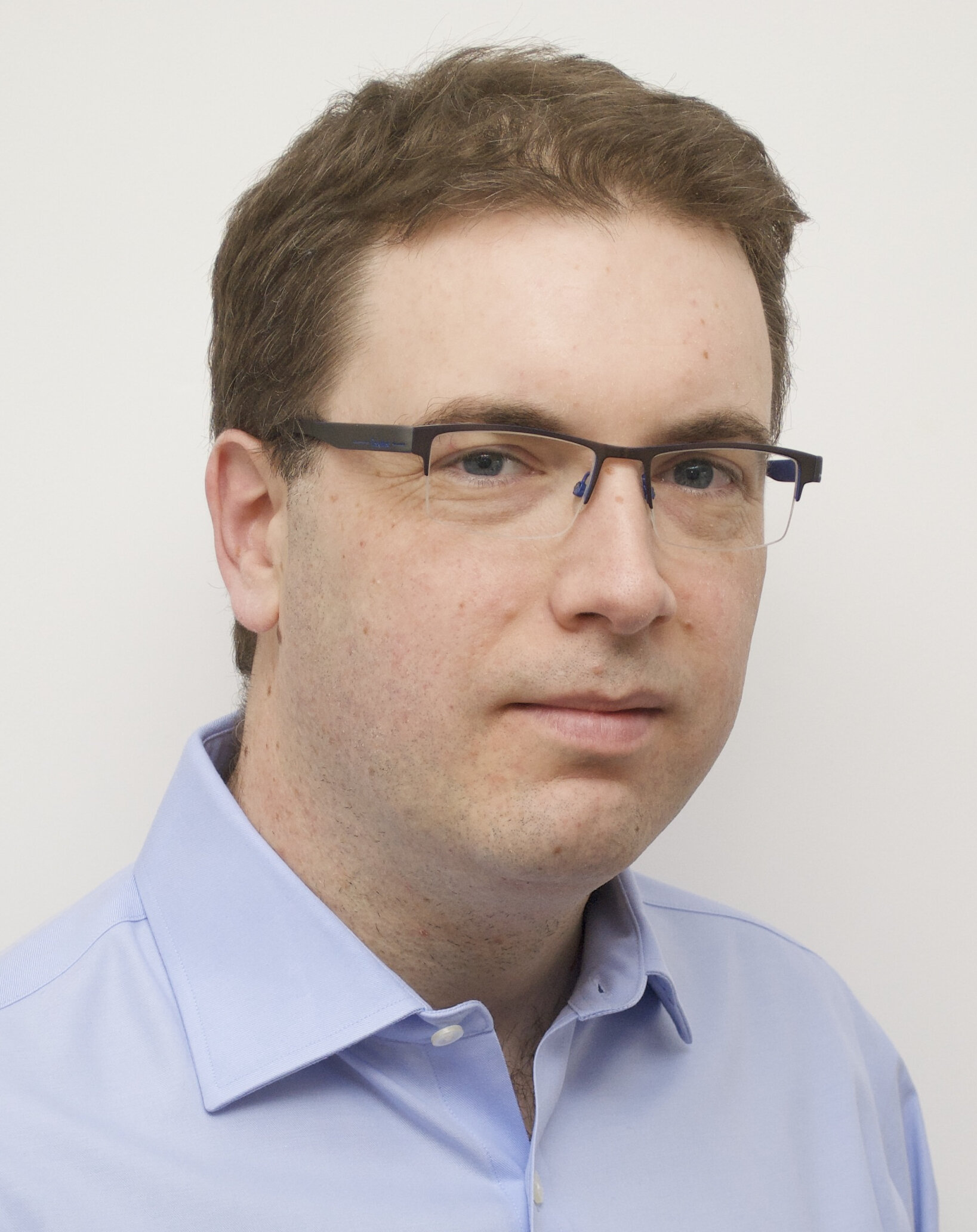pearse keane
moorfields
Learn more about building an AI-first healthcare startup on the Air Street Capital blog and our monthly analytical newsletter, Your Guide to AI.
The Research and Applied AI Summit (RAAIS) is a community for entrepreneurs and researchers who accelerate the science and applications of AI technology. We’ve been running for 6 years now and have hosted over fifty entrepreneurs and academics who have built billion-dollar companies and published foundational papers that drive the AI field forward.
In the lead up to our 6th annual event that will be broadcast live online on the 26th June 2020, we’re running a series of speaker profiles highlighting what you can expect to learn on the day!
Medical imaging: An urgent need for improved diagnostic performance
In clinical medicine, image-based diagnostics such as computed tomography, ultrasound, and X-rays provide physicians with a noninvasive window into the human body. These procedures occupy a critical part of the clinical pathway to help patients receive the treatment they need to get better. The data that is produced by imaging devices is, however, not straightforward to analyze. Consider that medical images represent incredibly complex physiologies as pixels (2D) and voxels (3D) often in greyscale.
Physicians train for decades to become experts in calling abnormal from normal physiologies in medical imaging procedures. Even so, certain procedures such as breast mammography have far too high false positive and false negative rates. Given what we know about the ability of computer vision to help interpret complex images, there is a vast opportunity to put AI techniques at work in medical imaging.
Spearheading AI-first medical imaging in eye disease
The prevalence of sight-threatening eye disease is growing too quickly. The gold-standard initial assessment of the eye is done using a technique called optical computed tomography (OCT). While OCT is non-invasive and widely available, there are not enough trained professionals to keep up with the clinical diagnostic demand. There is a clear need for a scalable solution to delivering high-quality eye exams results quickly alongside every OCT device.
In 2016, the eye exam was set for reinvention thanks to a team led by Dr. Pearse Keane, a London-based consultant ophthalmologist at Moorfields Eye Hospital (the oldest and largest center for ophthalmic treatment, teaching, and research in Europe) and an associate professor at UCL Institute of Ophthalmology. Originally from Ireland, Pearse received his medical degree from University College Dublin (UCD) and joined Moorfields in 2010. Pearse specializes in the treatment of retinal diseases, in particular, age-related macular degeneration (AMD), the commonest cause of blindness in Europe, North America, and many other regions. He leads a clinical research group at UCL and Moorfields which focuses on the development, evaluation, and implementation of artificial intelligence in healthcare, using ophthalmology as an exemplar.
In collaboration with DeepMind, Pearse and his team at Moorfields developed a deep learning system that could identify the presence or absence of up to 50 common eye conditions and suggest the referral pathway based on severity. Not only did they demonstrate state-of-the-art performance, but their data and AI pipeline ensure that the approach can work across many OCT devices. This landmark work was published in Nature Medicine.
Clinically applicable deep learning for diagnosis and referral in retinal disease (De Fauw et al., 2018)
Yesterday, Pearse and colleagues at Moorfields, DeepMind, and Google Health published their latest work: Predicting conversion to wet age-related macular degeneration using deep learning in Nature Medicine. This study demonstrates how to use an AI-first approach for early diagnosis of disease progression risk for AMD, a condition that 25% of people over 60 suffer from in the UK. The system is able to give clinicians a 6 months “heads up” for patients who already have wet AMD in one eye and are likely to develop the condition in their second eye. This forewarning window is sufficient for clinical intervention.
Example of a correct prediction by the AI system (Yim et al., 2020)
Pearse and his collaborators have published many more studies, including:
Demonstrating how Google Cloud AutoML can be used by non-technical physicians to build medical image diagnostic classifiers (Faes et al., 2019a)
Finding poor reporting, bias, and limited reliable interpretation in a systematic study of research that compares AI systems with healthcare professionals in medical imaging (Faes et al., 2019b),
Implementing a cloud-based referral platform for ophthalmology to test telemedicine and its impact on referrals (Kern et al., 2019),
Publishing a guide for physicians to critically appraise AI systems in medical imaging (Faes et al., 2020),
Using 2D instead of 3D images to train AI systems for diagnosing eye disease (Varadarajan et al., 2020),
Coauthoring a perspective in The Lancet with Eric Topol on Reinventing the Eye Exam.
You can read more about Pearse’s work here and follow her on Twitter here.
We’re excited to be hosting Pearse at RAAIS 2020, welcome!



